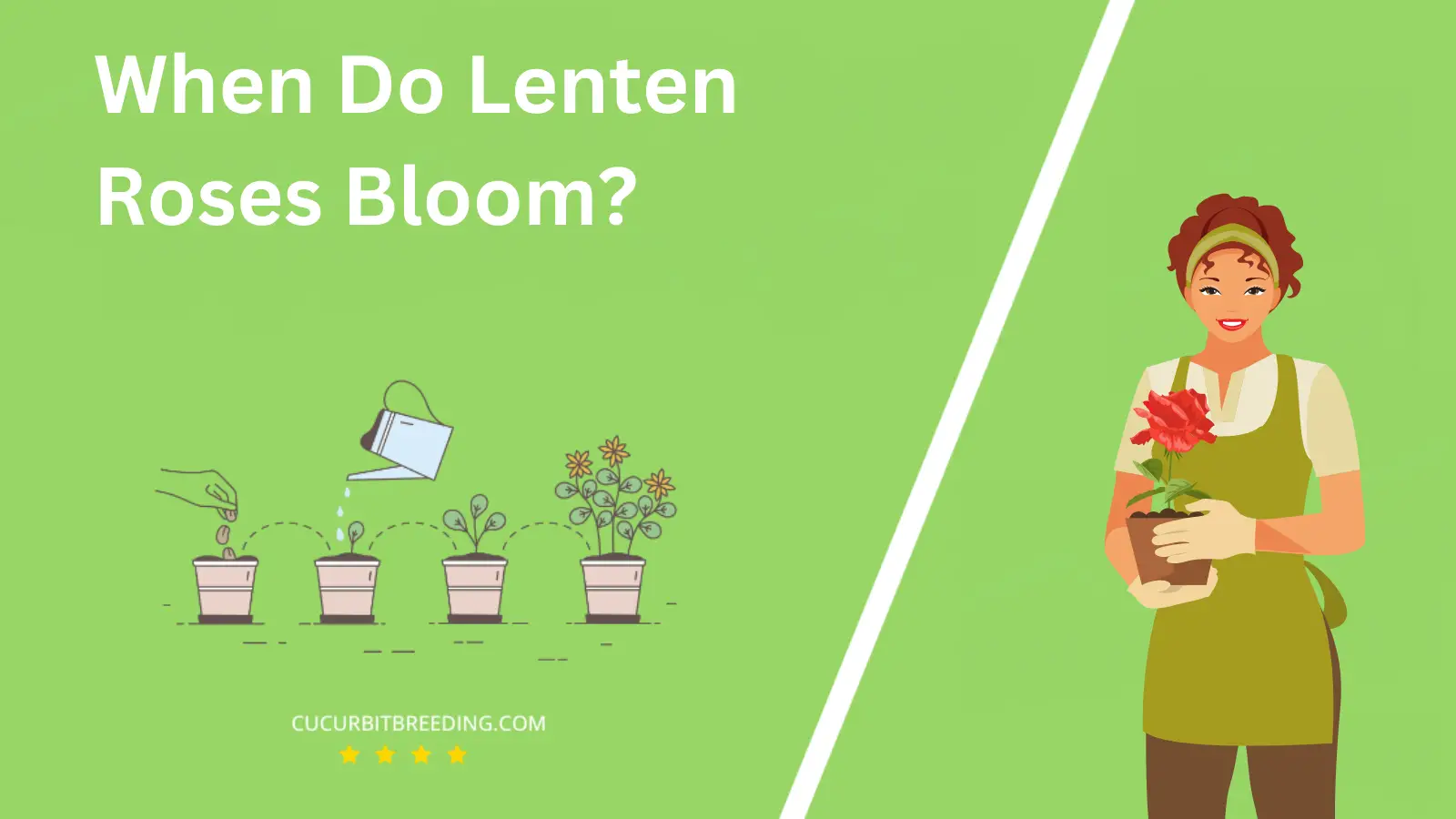
If you’re a lover of unique flowers, you might have come across Lenten Roses in your horticultural adventures. But when do Lenten Roses bloom? This unusual plant, known for its resilience and beauty, follows a different flowering timeline than most.
Understanding the blooming cycle of the Lenten Rose can enhance your gardening experience, adding color and vitality even in the most unexpected times. Let’s delve into the intriguing world of Lenten Roses…
When Do Lenten Roses Bloom?
Lenten Roses, also known as Hellebores, typically bloom in late winter to early spring. They are one of the earliest blooming flowers, often pushing through the frozen ground and blooming while snow is still on the ground. The exact timing of their blooming period can vary based on the climate and specific variety, but generally, you can expect to see their flowers from February to April.
| Stage | Description |
|---|---|
| Germination | Late winter to early spring (February-March) |
| Growth | Spring (March to May) |
| Blooming | February to April |
| Dormancy | Winter (December-February) |
How Long Do Lenten Roses Bloom?
Lenten roses, also known as Helleborus, have a bloom time that typically lasts from late winter through early spring. For most regions, this translates to blooming from February until April. However, the exact period can vary based on climate conditions and care. The beauty of Lenten roses is that their flowers last for a long time. In fact, under ideal conditions, the blooms can persist for up to two months, sometimes even longer.
How Light Affects Lenten Roses Blooms?
Light plays a crucial role in the blooming of Lenten Roses. These flowering plants thrive in partially shady environments. They can handle full shade, but producing blooms may be somewhat less abundant in such conditions. Lenten Roses need at least a couple of hours of light per day to ensure healthy growth and to produce an ample amount of blooms. Moreover, exposure to morning light is particularly beneficial as it helps to evaporate the dew and thus, lessen the likelihood of fungal diseases. In short, while Lenten Roses can adapt to different light conditions, they will bloom most profusely and be healthiest when they get a moderate amount of sunlight.
Will Lenten Roses Bloom the First Year You Plant Them?
Lenten Roses, also known as Hellebores, typically do not bloom in the first year of being planted. They are perennials that usually take a couple of years to establish themselves and start producing flowers. The first year is often spent developing a strong root system and foliage. When they do start to bloom, usually in their second or third year, it’s a spectacular sight that makes the wait worthwhile.
Will Lenten Roses Bloom Every Year?
Yes, Lenten Roses (Helleborus orientalis) are perennials, meaning they bloom every year. These flowers typically bloom in late winter or early spring, adding color to your garden when most other plants are still dormant. After the initial bloom, the flowers can continue to add interest to your garden as they slowly fade to green.

Should I Deadhead Lenten Roses Blooms?
Yes, you should deadhead Lenten Roses blooms. Deadheading, or removing old flowers, can help the plant invest its energy into new growth, rather than seed production. This process is not obligatory but can enhance the overall health and appearance of the plant.
Top Reasons Mature Lenten Roses May Stop Flowering

The mature Lenten Roses may stop flowering for several reasons. The most common reason is inadequate sunlight. Although these plants can tolerate shade, they need some sunlight to produce flowers. If your plant is in a heavily shaded area, consider relocating it to a spot with partial sunlight.
Another reason is improper watering. Both overwatering and underwatering can lead to a lack of flowers. Lenten Roses prefer well-drained soil that is neither too dry nor too wet. Adjust your watering schedule according to the needs of the plant and the weather conditions.
Finally, lack of nutrients may also inhibit flowering. If the soil is poor in nutrients, the plant may focus its energy on survival rather than on producing flowers. Enrich the soil with a balanced, slow-release fertilizer to promote blooming.